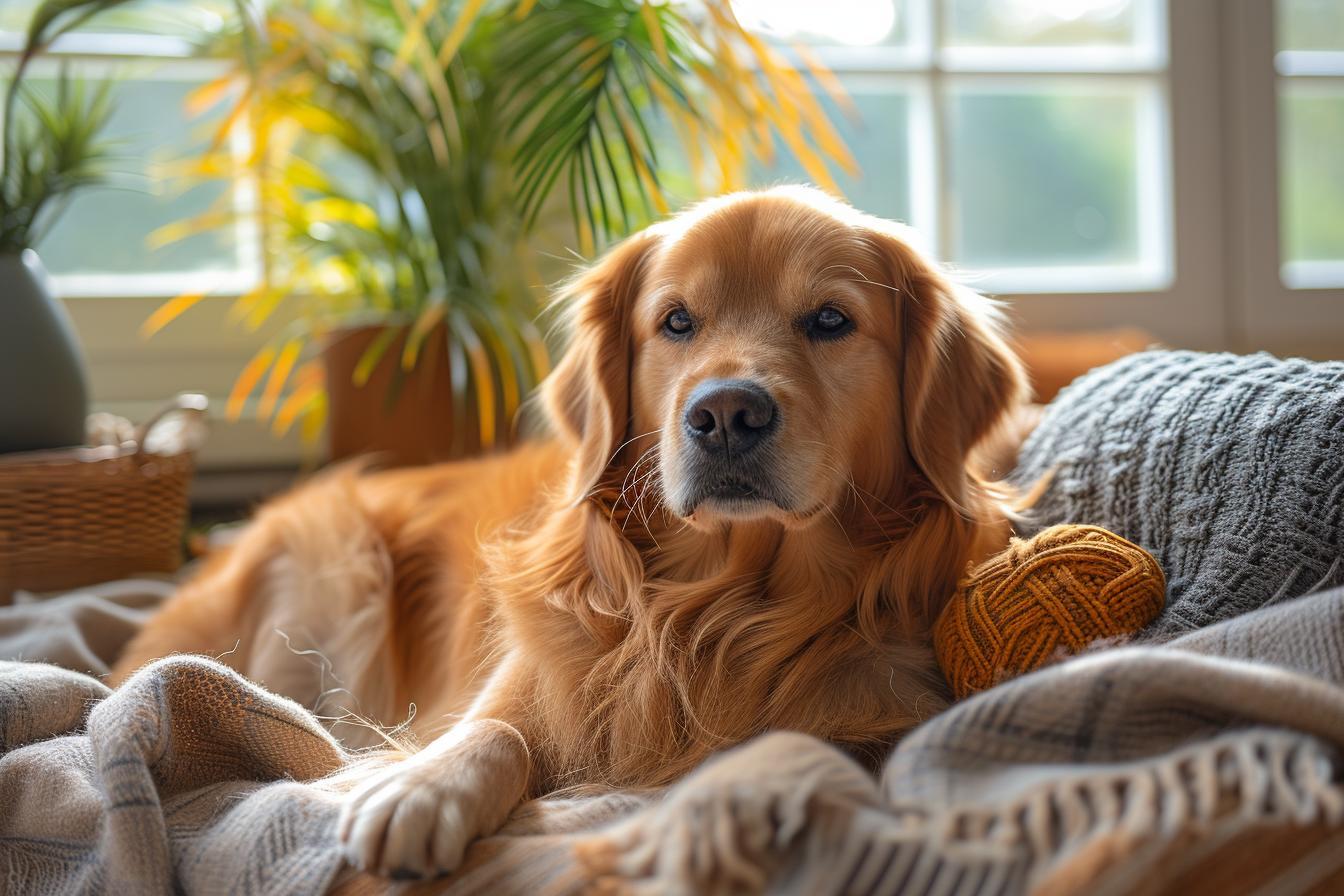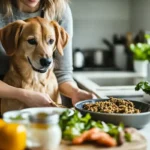Every departure can be a stressful moment for your four-legged companion. You look into their pleading eyes and wonder: how can I make these moments of absence easier for them? Getting a dog used to being alone at home is a delicate but essential process for their well-being and your peace of mind. In this article, we will explore proven methods to prepare your dog for solitude, positively approach your absences, alleviate their anxiety, and even the judicious use of calming products so they can calmly wait for you at home.
The art of introducing solitude
Imagine a bubble of calm for your dog, a place just for them in the house. Create a special room, where they can’t see you and where you, as the owner, can come and go without your dog accompanying you, is crucial. The idea is to gradually make them comfortable with the idea of being alone. You can start with short moments of isolation, while still being present in the home, and then gradually extend these periods. They will discover that their little haven is a safe place, thus reinforcing their sense of security when they are alone.
Create a positive environment for absences
Absence often brings boredom for our canine friends, but there is a way to transform this feeling into positive anticipation. Before leaving, plan to leave stimulating toys, food, and enough water. This simple gesture turns your departure into an event your dog can look forward to, associating your absence with pleasant things. A little note or a reassuring caress will remind them that you always come back and everything will be fine.
Strategies to reduce separation anxiety
The key to lowering stress levels in our companions is practice and patience. Pretending to leave, by taking your keys and opening the door without actually going out, can help your dog become familiar with the departure ritual. Gradually increase the duration of your absences, starting with a few minutes and eventually reaching a few hours. This helps build your dog’s trust and reduces their anxiety when the time comes for you to actually leave.
When to consider calming aids
For particularly nervous dogs, it might be wise to explore options such as calming products. These aids can come in various forms, ranging from pheromone diffusers to soothing music or toys that promote relaxation. However, it is important to use these products sparingly and, if possible, under the guidance of a veterinarian. They should serve as a complement, not a substitute, to patient and consistent behavioral training.
Teaching a dog to enjoy their alone time at home is an investment in their happiness and emotional balance. It is essential to build this process step by step, armed with patience and understanding. With these methods, your canine friend will find pleasure in their independence and you can leave with peace of mind, knowing that they are calm and secure in their home.







